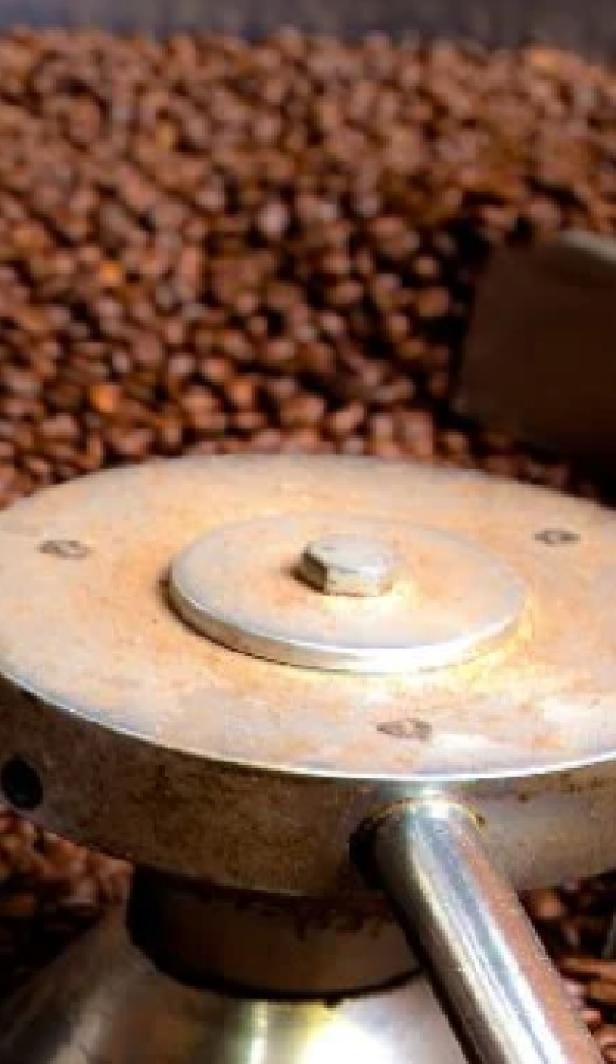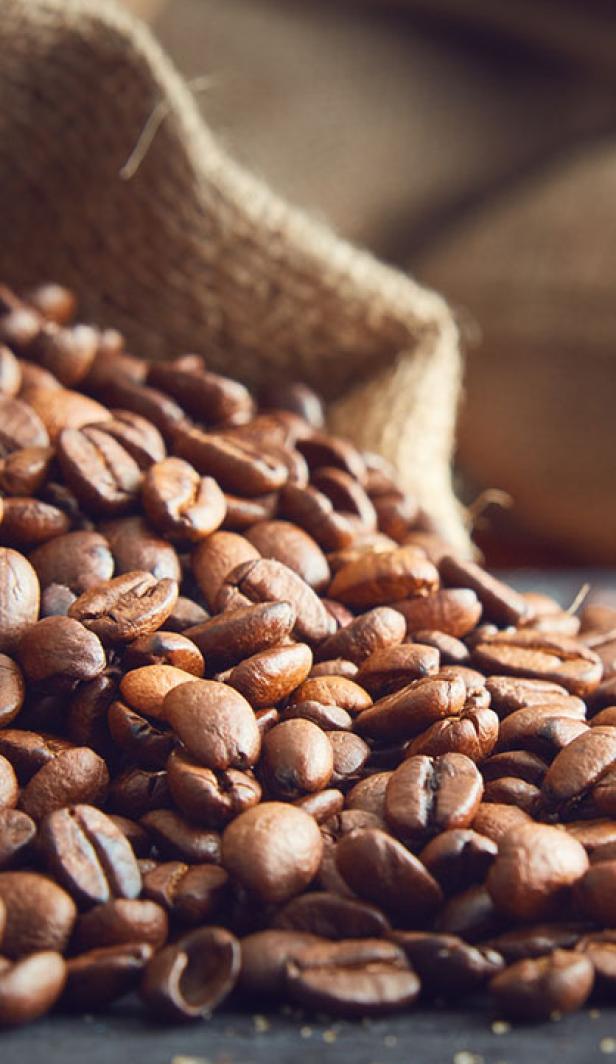8 of the best coffees in the world
In this guide we’ll take a trip around the globe and explore everywhere from the tropical climes of Sumatra, to the volcanoes of Hawaii on the quest for the best coffee beans in the world.
1. Jamaica Blue Mountain Coffee
Surprisingly, Jamaica has a relatively small coffee output and the beans grown in the Blue Mountain region are some of the rarest beans to come out of the area. Due to cooler temperatures, there’s less harvests each year and growing them here is more labour intensive as the steep slopes mean that all plants have to be carefully picked by hand. Both of these factors mean the beans are in limited in supply and a whopping 80% of the crop goes to Japan each year, so as you can imagine it’s rather pricey and notoriously difficult to get hold of.
If you do manage to get hold of this coffee, it’s said to be one of the best coffees in the world as it’s incredibly smooth with a bright and vibrant acidity.
2. Sumatran Coffee
Sumatra offers some of the best growing conditions for coffee thanks to its fertile volcanic soil, close proximity to the equator and high altitudes in which the beans are grown.
The region also has its own unique processing method known as ‘Gisling Basah’, which involves only partly drying the beans after they’re fermented which reduces the acidity in the blend, whilst almost bringing out a fuller body and earthy and woody notes.
Coffee experts suggest trying darkly roasted Sumatran coffee beans as this helps to bring out earthier and herby flavours.
3. Rwandan Coffee
One of the things that makes Rwandan coffee so special is that it’s all grown by small-scale farmers as there’s no large estates in the country. The high elevation coupled with the rich volcanic soil is ideal for growing Arabica coffee beans.
Interestingly, once the beans are picked, they’re then taken to communal washing stations where the beans are sorted and processed with rainwater. Coffees coming from Rwanda are said to taste like raspberry and cherry with a creamy mouthfeel.
4. Kona Coffee
Kona is one of the largest islands in Hawaii and is consistently praised for producing some of the best coffee beans in the world. Coffee is grown on steep slopes of the Mauna Loae and Hualalai volcanoes around 2,000ft above sea level and the area boasts a micro-climate, which makes for perfect growing conditions.
Light and delicate in flavour, Kona coffee is said to be well-balanced, buttery, spicy and with a subtle, almost wine-like flavour.
5. Tanzanian coffee
Tanzania produces some of the rarest and best coffees in the world and interestingly, the coffee beans are a bit different to what you’d normally encounter.
Known as ‘Peaberry Coffee’, the beans used to produce this blend are found the traditional way, within a coffee cherry, but they’re rounder and much denser which means they roast more evenly. However, only 5% of coffee beans in a crop turn out to be Peaberries, so they need to be painstakingly sorted by hand in order to find them.
Peaberry coffee is said to possess a medium body and fruity flavour with hints of blackcurrant and sweet finish.
6. Geisha coffee
Despite the name, Geisha coffee doesn’t hail from Japan, but it actually comes from Gesha in Ethiopia where it was first produced in the 1960s. Now Geisha coffee is grown in other regions too with the best types coming from Panama and Costa Rica.
It’s quite rare as it’s hard to grow and has to be picked by hand, but connoisseurs consider it one of the best coffees in the world. Almost tea-like in flavour, you’ll likely encounter delicate notes of floral and citrus. As it’s so light and delicate it’s only ever served black.
7. Peruvian Coffee
Peru is a country prized for its organic and fair-trade coffee production, so it should come as no surprise that they produce some of the best coffee beans in the world.
Very well balanced and smooth in flavour with a low acidity, Peruvian coffee is loved far and wide for its wonderful taste. The flavours you can expect from beans grown in this region vary from floral to chocolatey to slightly nutty.
8. Ethiopian Yirgacheffe Coffee
Grown at 5,800 – 6,600ft above sea level, Ethiopian Yirgacheffe coffee has a fragrant, yet spicy flavour that’s partly due to the way it’s grown, but what happens after it’s picked also has a part to play.
Much like with Rwandan coffee, once it’s picked it’s taken to communal washing stations where farmers combine crops to be processed and sorted according to size and quality. Then, after the processing stage the coffee beans are sun-dried for around 9 – 12 days which brings out a clean and floral flavour that’s reminiscent of apricot and lemon.
Ethiopian Yirgacheffe coffee is often considered one of the best coffees in the world for people that like a light – medium bodied blend.
That’s our list to where the best coffee beans in the world are grown and what makes them so special! Want to understand more about coffee? Learn about the origins of coffee, next.
Today’s community favourites


Join the My Perks community!
Enjoy prizes, discounts, expert tips, recipes, exclusive offers and more with My Perks.



